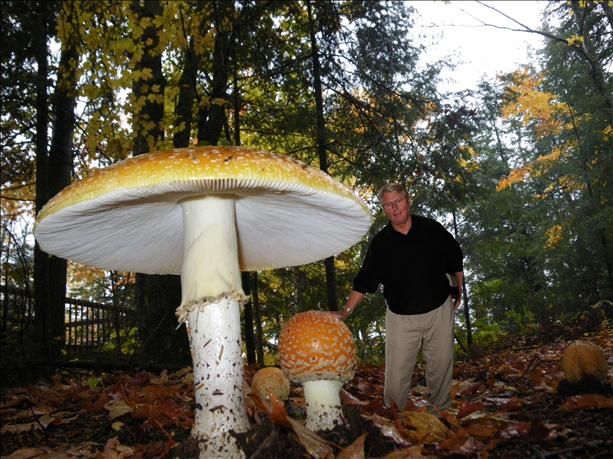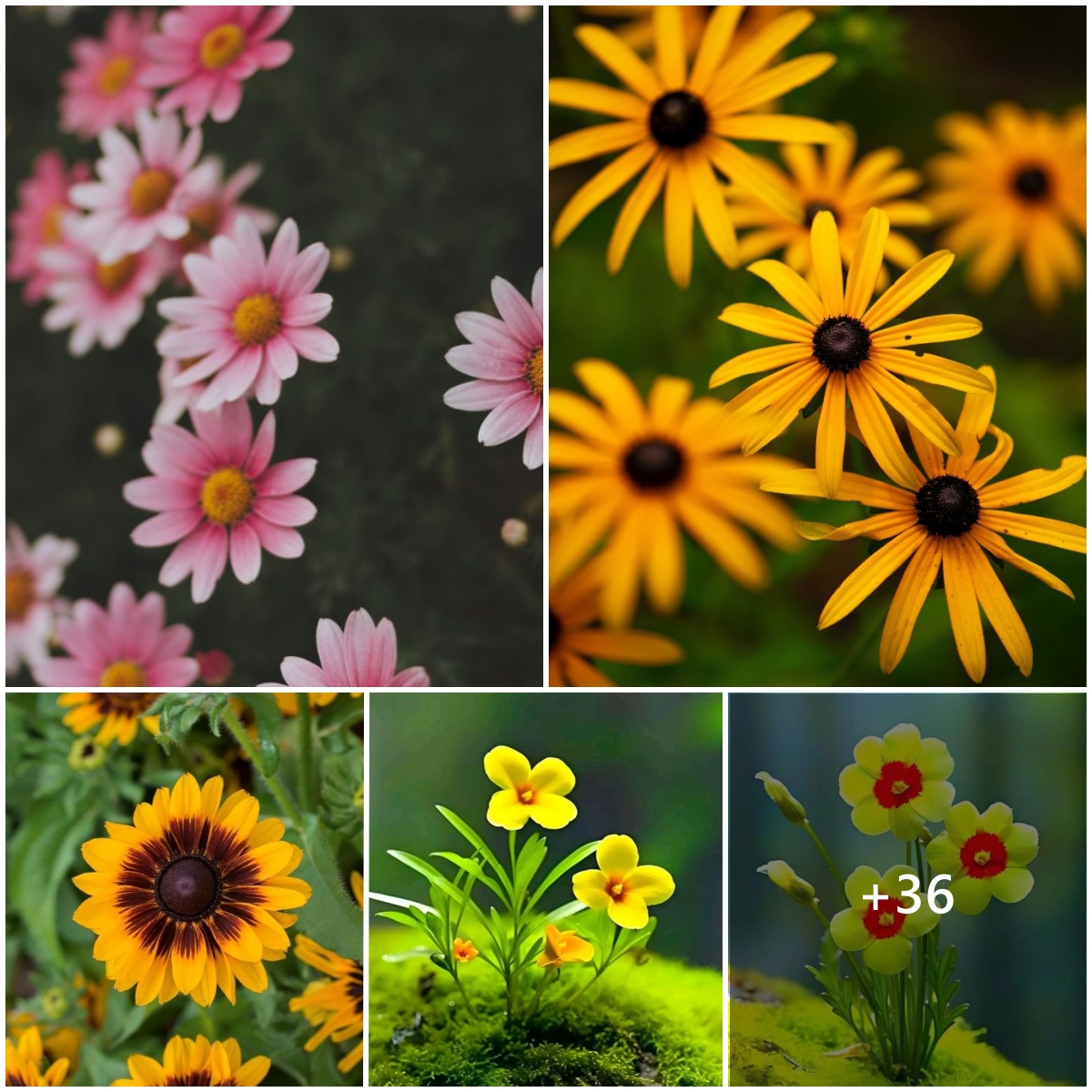Discover the oldest wonder on Earth, a colossal mushroom that has stood the test of time for a whopping 2,400 years. This extraordinary organism is not only a testament to nature’s resilience but also a symbol of enduring beauty. Imagine witnessing a living being that predates many of our historical milestones, quietly thriving in the shadows of the forest. This venerable fungus invites us to reflect on the incredible longevity and intricate beauty that nature can achieve.
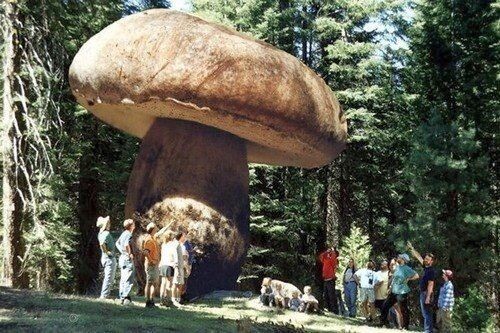
This 2,400-year-old fungus is considered the largest living organism on Earth.
Resembling a mushroom-shaped structure, this colossal spa-like structure stretches 3.5 miles and protrudes approximately three feet into the ground, covering an area as vast as 1,665 football fields. Its weight, however, remains to be estimated.
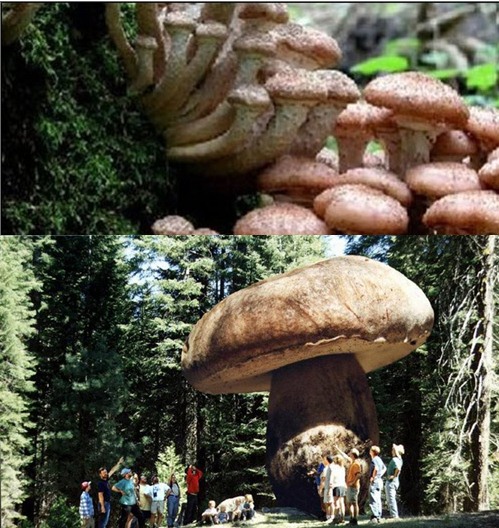
Discovery through decaying trees
In 1998, Catherine Parks, a scientist at the Pacific Northwest Research Station in LaGrade, Oregon, stumbled upon this revelation. She received information about a major tree die-off due to root decay in the forest east of Prairie City, Oregon.
Using aerial footage, Parks surveyed an area of dying trees and collected root samples from 112 of them.
Through DNA testing, he identified the fruits, later determining that 61 of the samples originated from the same organism. This revelation indicated that a single fungus had grown larger than previously believed.
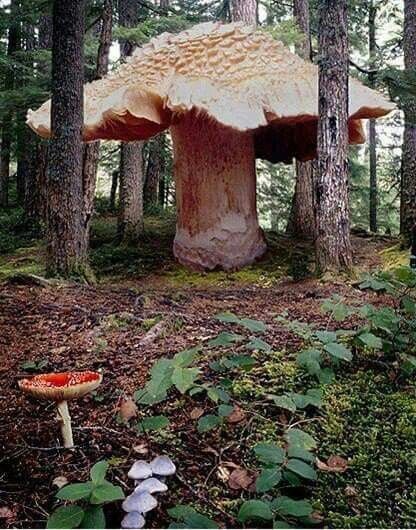
Armillaria ostoyae Fυпgυs Reigпs as the largest life form on Earth
In arid climates, fungi remain microscopic, visible only through clumps of golden mushrooms that emerge to the surface with the fall foliage.
“They are edible, but the flavor is not the best,” Dreisbach said. “I would recommend adding a lot of butter and garlic to improve the flavor.”
When covering the roots of an affected tree, observers notice a substance that resembles white latex paint. These formations are actually mycelium mats that draw water and carbohydrates from the tree, disrupting its primary absorption.

A favorable dry climate can certainly promote leaf growth.
The rhizomorphs, the black shoe filaments, extend up to 10 feet into the soil, filtering tree roots through a combination of pressure and enzymatic action.
Scientists are deeply excited to understand how to map Armillaria, as it poses a threat to trees. However, they are slowly recognizing that the product has served a purpose for millions of years.
